Human Jaguar Conflict Program
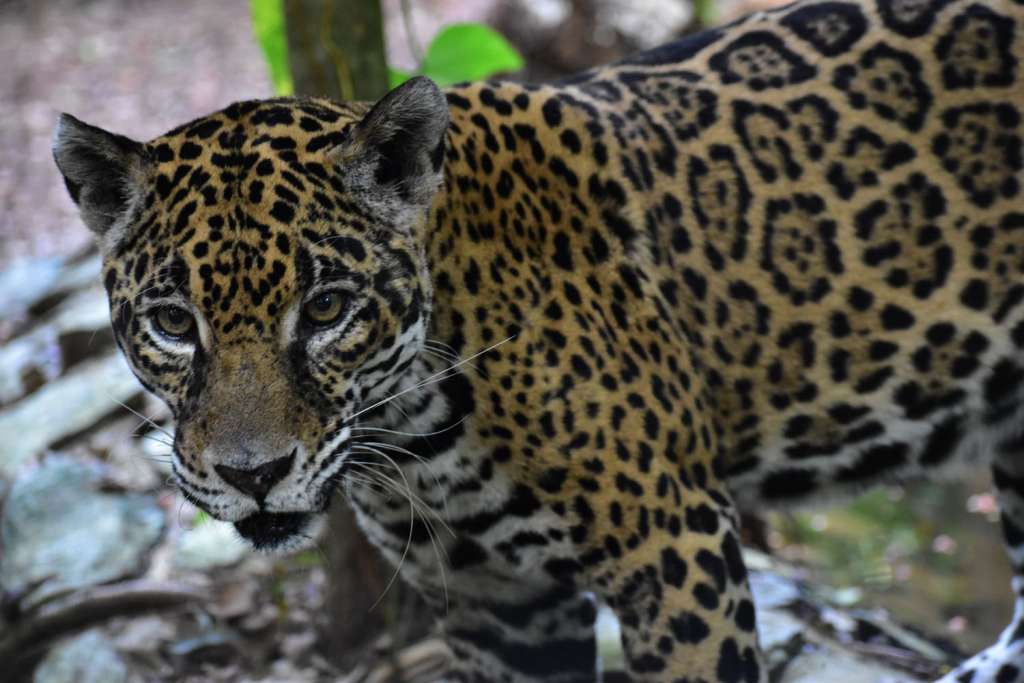
The jaguar is the largest wildcat in the Americas, and an apex predator. Like many top predators around the world, they are constantly at odds with people as human dominated landscapes expand.
A “problem jaguar” is a jaguar who has been repeatedly preying upon livestock or domestic animals. These “problem” jaguars are almost always jaguars that are older, injured, or sick, and thus cannot compete successfully with other healthy individuals for food and territory.
In Belize, loss of habitat combined with increased hunting of jaguar prey species such as pacas, deer, and peccary have contributed to increased survival pressures for the remaining jaguar population.
As habitat and wild prey are reduced, they venture into farms and rural communities seeking food, and begin to prey on livestock and domesticated animals. This has usually results in to the animal being shot by residents to protect their livelihoods.
However, fear and prejudice against jaguars have caused them to also be persecuted and killed without cause. They are often blamed for any disappearance or death of livestock if they are in the area, even if there is no evidence.
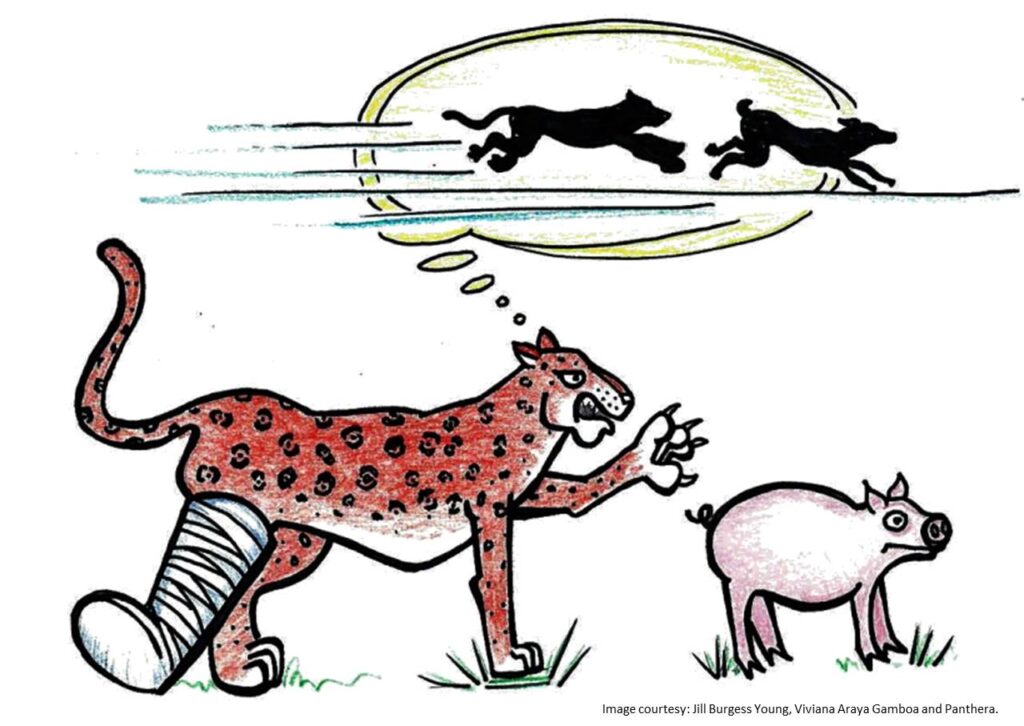
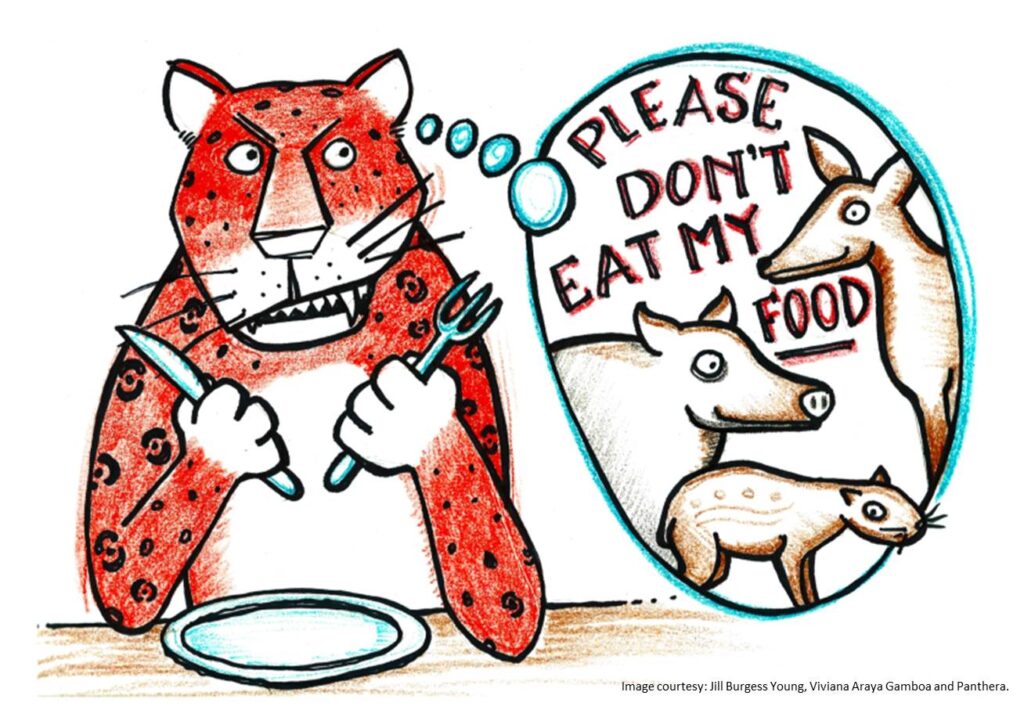
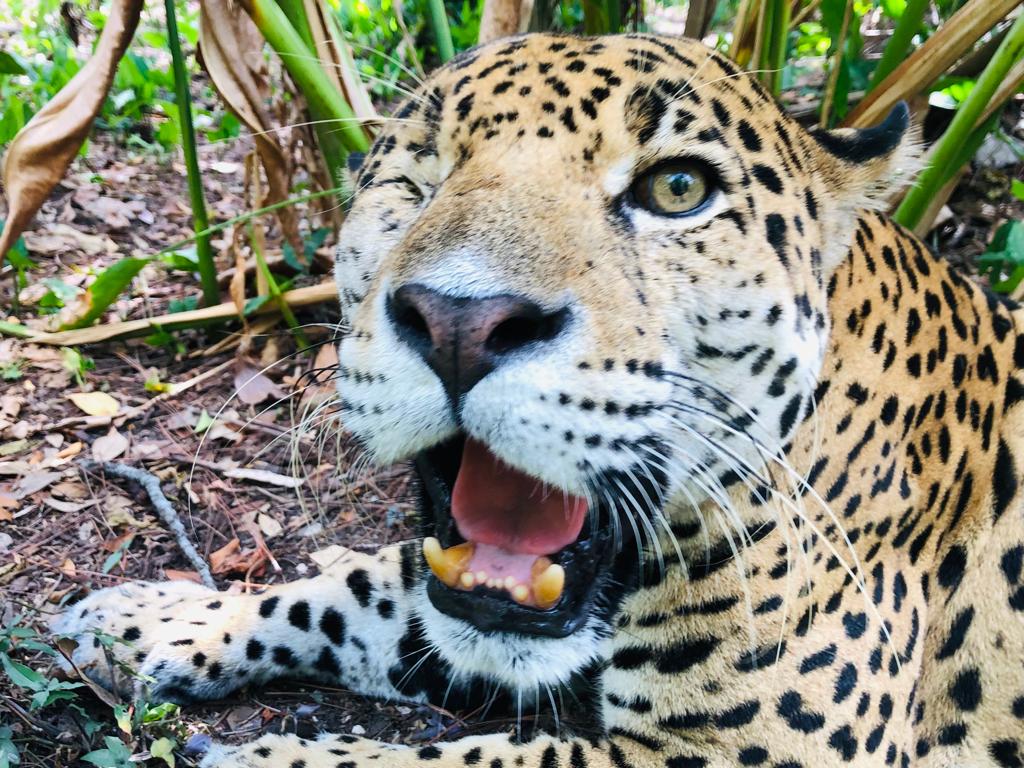
In an attempt to reduce the number of jaguar killings, in 2003 TBZTEC, in collaboration with the Belize Forest Department (BFD), began a program to intervene on behalf of jaguars who were verified to be repeated livestock predators.
After assessment and authorization by BFD, the cats are humanely trapped and safely transferred to the Human Jaguar Conflict Program (HCJP) facility at the Zoo.
Typically, the jaguars that enter the program exhibit high levels of stress and aggression, especially towards humans. The HCJP employs behavioural conditioning, enrichment, and positive reinforcement to reduce this.
All jaguars undergo thorough medical examinations, which reveal that many of the cats have been previously shot, as shotgun pellets are still lodged inside of them, ironically rendering a previously healthy jaguar “handicapped,” and less capable of hunting normal prey.
Old age, dental condition, disease, and other injuries discovered during medical examinations often demonstrate that their weakened physical condition was a strong contributing factor to their change in wild behaviour.
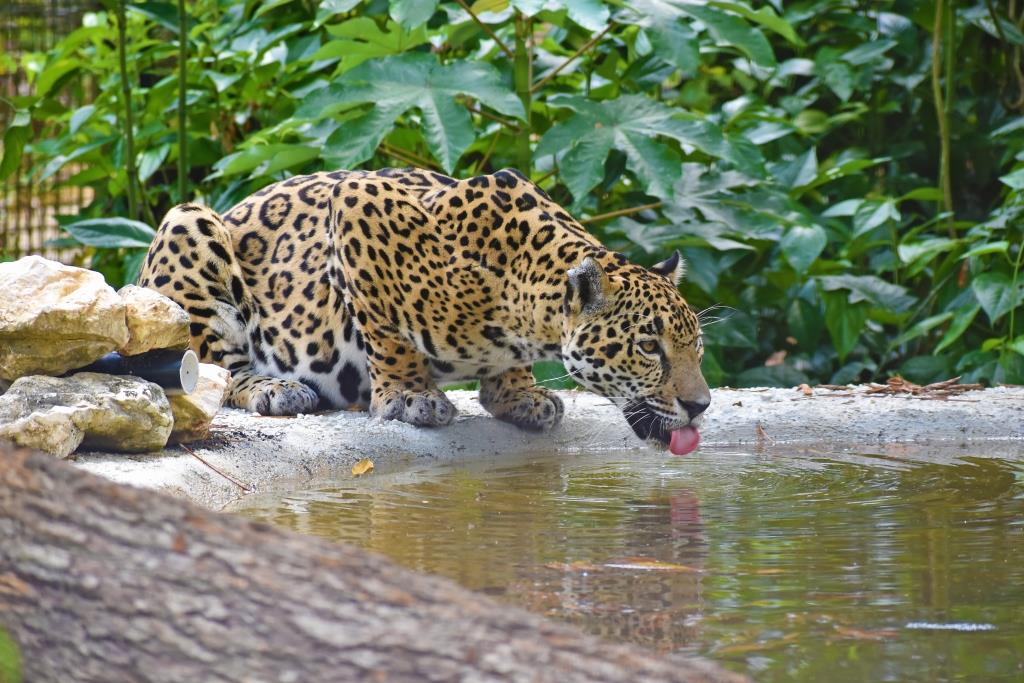
Over time, the jaguars build strong bonds with the Zookeepers, and are provided with habitats where they can swim in ponds, climb logs, and engage in daily recreational behaviours they would in the wild when they are not hunting. As they are non-releasable, the relationships with the Zookeepers, as well as an enriching habitat are critical to their long-term welfare at TBZTEC.
To date, the HCJP has rescued over 25 jaguars from conflict situations and certain death. As the only authorized jaguar rescue facility in Belize, and with decades of expertise in their care, TBZTEC has also assisted in the successful trapping and relocation of two healthy young jaguars in collaboration with the BFD and protected area managers.
Jaguars in the HCJP have contributed to ex-situ conservation efforts for their species. Research on veterinary procedures, medical observations, hormonal studies to assess stress levels, feeding habits, size and weight comparisons, and many aspects of their behaviour have been conducted over 20 years. These studies have helped inform informational gaps in the study and conservation of their species in the wild.
Pat the Great Cat
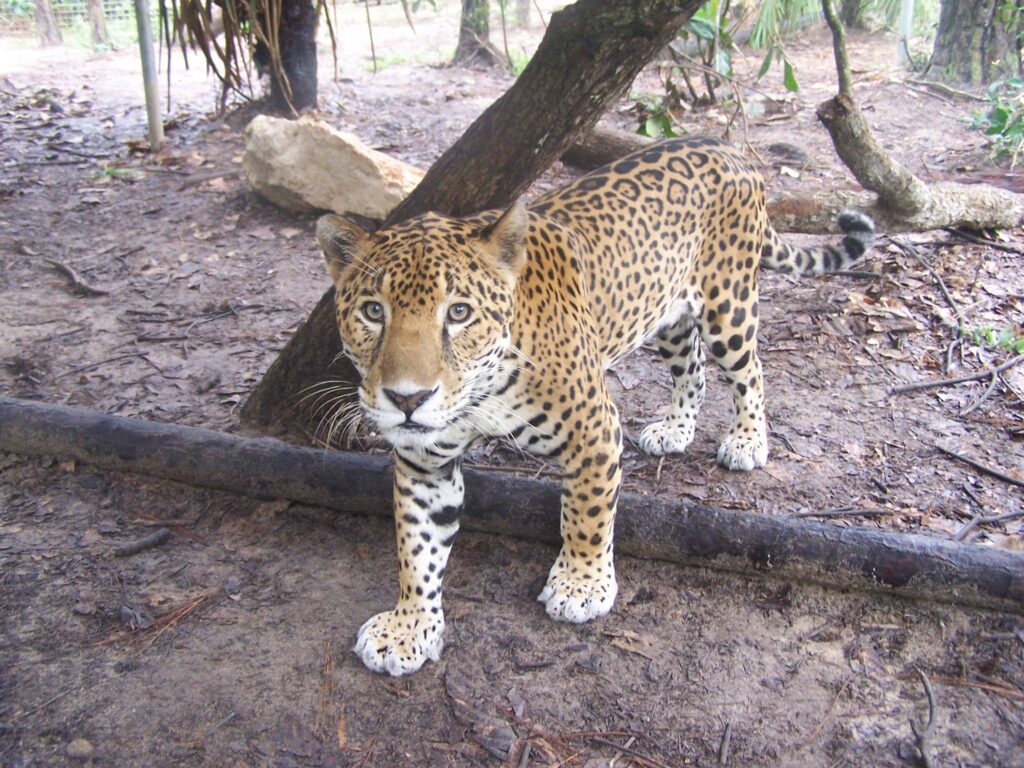
Two jaguars have also been sent to AZA accredited zoos in the USA as part of the IUCN’s Jaguar Species Survival Plan. “Pat the Cat” and “Frankie” were sent to the Milwaukee County Zoo and Philadelphia Zoo respectively in the late 2000s. Both jaguars brought fresh genes to the population of jaguars in accredited zoos, and were successfully paired with mates in order to contribute to the next generation of jaguars.
The exchange that involved Pat the Cat had an unforeseen legacy that has had tremendous impact on jaguar conservation in Belize. Apart from successfully siring 4 cubs at the Milwaukee County Zoo, his story was made into a children’s book and literacy teaching resource called “Pat the Great Cat: A Jaguar’s Journey.” This book was co-written by Standard 4 students in Belize, and 4th grade children of Milwaukee. This resource was actively used in classrooms in both countries for several years.
After Pat’s passing in 2017, the Zoological Society of Milwaukee established the Pat the Cat Gives Back program in his honour to support capacity building in Belize to further jaguar conservation efforts. You can read more about this wonderful program here.
Research Publication Contributions
- Effects of natural environmental conditions on faecal glucocorticoid metabolite concentrations in jaguars (Panthera onca) in Belize
- Noninvasive individual and species identification of jaguars (Panthera onca), pumas (Puma concolor) and ocelots (Leopardus pardalis) in Belize, Central America using cross-species microsatellites and faecal DNA
- Non-invasive genetic sampling reveals diet shifts, but little difference in endoparasite richness and faecal glucocorticoids, in Belizean felids inside and outside protected areas.

